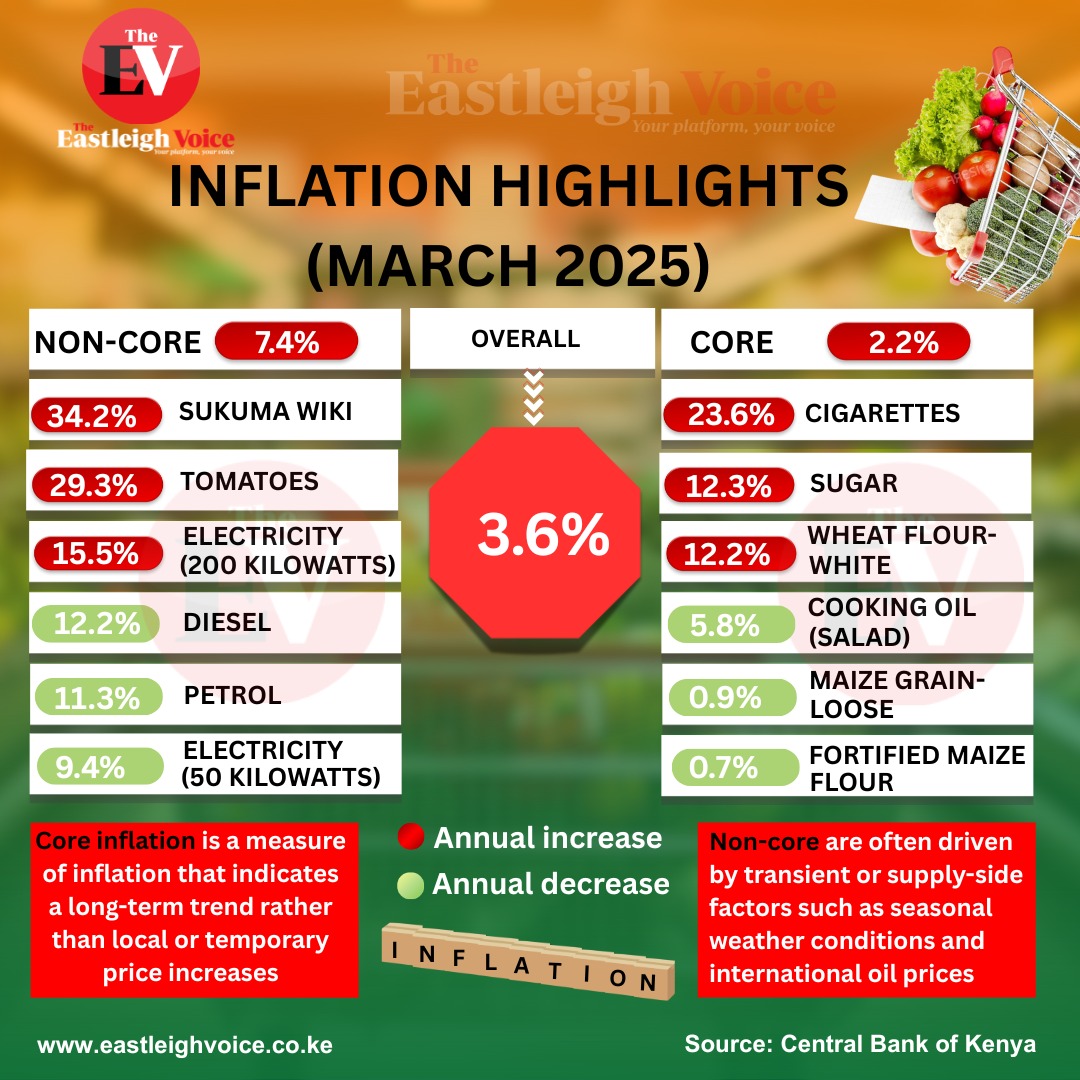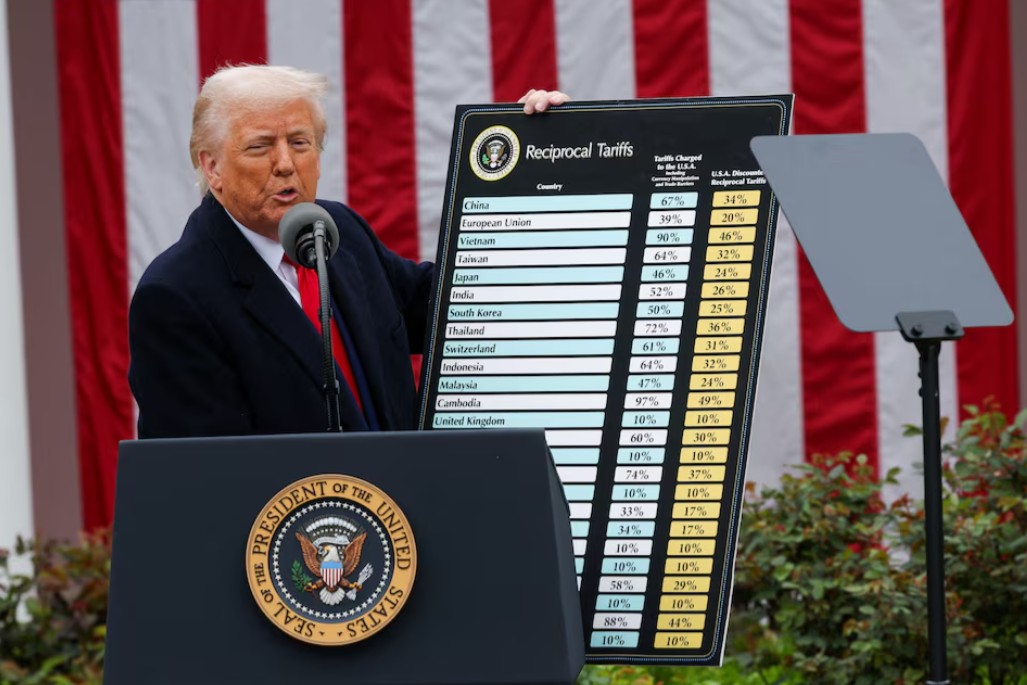Kenyans pay more for electricity than Tanzania, Ethiopia - Parliamentary Budget Office

Besides the Power Purchase Agreements, Kenya charges four taxes in addition to a forex charge, fuel surcharge and consumption charge, further driving up the prices.
A report by the Parliamentary Budget Office (PBO) has revealed that Kenya’s household electricity prices surpass those of other nations in the Eastern and Central African region.
According to the report, Kenyans pay an average of $0.26 (Sh33.60) per unit of electricity, significantly higher than the rates in neighboring countries such as Ethiopia, Tanzania and Uganda.
More To Read
- Government warns of rationing if power purchase agreement restrictions are not lifted
- Kenya’s power imports double in 6 months on low wind, solar output
- My staff wanted to hit back after garbage dumping at Stima Plaza but I resisted - Kenya Power boss
- Kenya Power warns of looming tariff hike over counties wayleave charges
“Despite these efforts, the cost of energy remains significantly high for the majority of Kenyans and also in comparison to the region. For instance, the average residential electricity price per kWh in Kenya is $0.26, Uganda is $0.17, Tanzania is $0.09, South Africa is $0.12, and Ethiopia is $0.006,” reads the report.
The disclosures come amid increased scrutiny on the electricity purchase agreements that Kenya Power signed with independent producers and also the electricity pricing components that are approved by Parliament and gazetted by the sector regulator.
Although electricity prices in Kenya have dipped in recent months, they are still high compared to the region. For example, consumers paid Sh1,255.06 for 50 units of electricity in February compared to Sh1,406 for the same quantity a year ago.
Besides cheaper electricity, households in Ethiopia and Uganda also enjoy a more reliable supply of electricity largely due to a smaller network compared to Kenya and a vast generation from dams.
The costly electricity in Kenya has largely been blamed on the Power Purchase Agreements (PPAs) that Kenya Power inked with generators years ago, with the steep wholesale prices making it difficult to lower retail prices without exposing the utility to losses.
Besides the PPAs, Kenya charges four taxes in addition to a forex charge, fuel surcharge and consumption charge, further driving up the prices. All these taxes and fees are slapped on every unit of electricity that a household consumes.
Kenya had vowed in 2022 to compel power producers to lower the wholesale prices at which they sell electricity to Kenya Power, which was to allow the electricity distributor to lower consumer prices without sinking into losses. But power producers (the majority of which are backed by foreign investors) flatly rejected the push, dashing any hopes that Kenya Power had of lowering electricity prices.
Persistent blackouts
Parliament is currently pushing a raft of measures that target power producers in the hope of lowering electricity prices and easing the burden on households and businesses. But despite enjoying cheaper electricity, households in some of these economies, notably in South Africa and Tanzania, grapple with persistent blackouts.
The outages largely negate the impact of the cheap electricity.
Cheaper electricity in Ethiopia and Uganda is also attributed to the dominance of hydropower, which is cheaper, and state-owned firms that supply the bulk of electricity.
Meanwhile, Kenya Power's electricity sales surged by 8.5 per cent in January 2025 to a record 956.76 million kilowatt-hours (kWh), highlighting increased economic activity in the country.
This marks the sixth consecutive month the power utility has sold over 900 million kWh, except for December 2024, when consumption dropped to 882.09 million kWh, according to data from the Kenya National Bureau of Statistics (KNBS).
The trend of sustained high electricity sales began in July 2024 when Kenya Power first crossed the 900 million kWh mark with sales of 901.78 million kWh. Analysts attribute the growth to increased industrial activity and expanding businesses, which have driven up demand.
Commercial and industrial consumers remained the largest electricity users, accounting for about 55 per cent of total sales.
To meet the rising demand, local power generators, including the Kenya Electricity Generating Company (KenGen), ramped up production.
In January 2025, electricity generation reached 1,085.14 million kWh—the highest level recorded since February 2024, when output last fell below the 1,000 million kWh mark.
Kenya Power’s annual electricity sales also exceeded 10,000 gigawatt-hours (GWh) in 2023 and closed the financial year ending June 2024 at 10,516 GWh.
The company projects that peak demand will surpass 2,800 MW within the next four years as more consumers are connected to the grid.
Top Stories Today





















